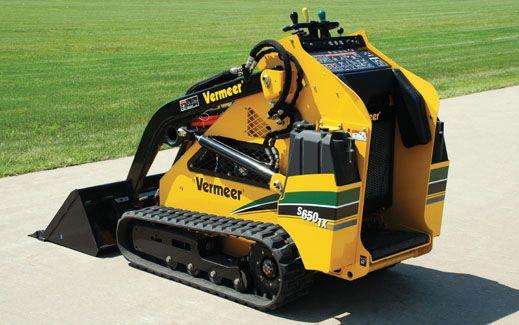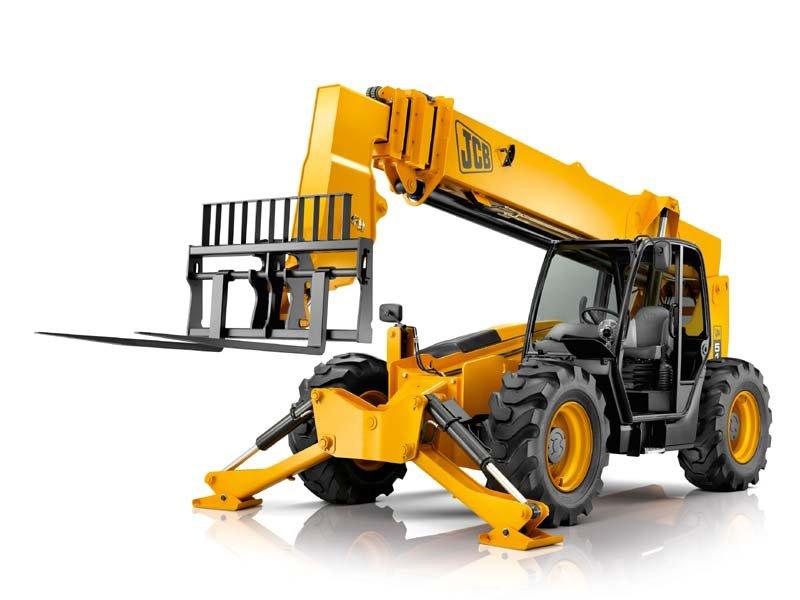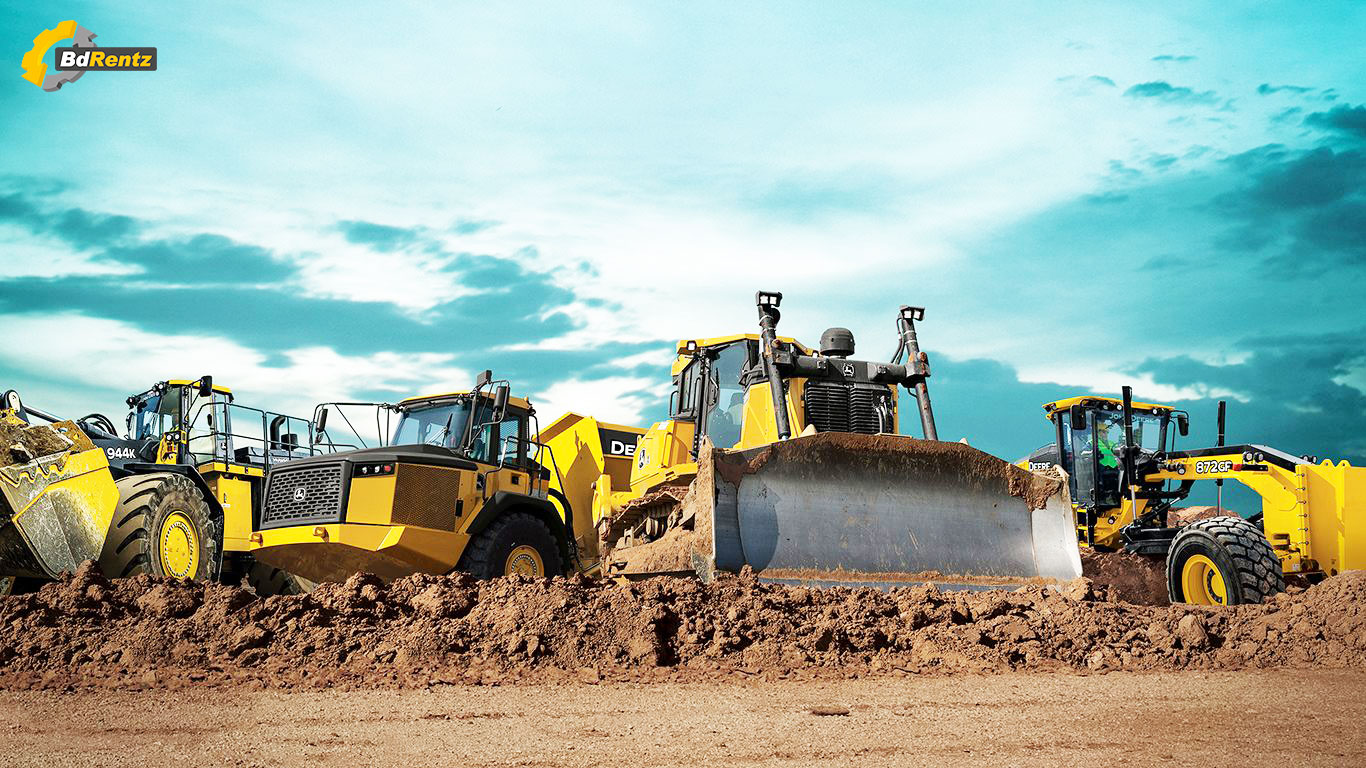Scissor Lift Rental: Safe and Reliable Lifting Solutions
Scissor Lift Rental: Safe and Reliable Lifting Solutions
Blog Article
Maximize Your Budget by Recognizing the Expenses Linked With Construction Tools Leasings
Recognizing the complete scope of costs associated with construction equipment leasings is important for optimizing your budget. What approaches can be employed to properly manage these expenses and make certain an extra reliable rental experience?
Summary of Rental Expenses
When thinking about construction tools leasings, comprehending the linked prices is extremely important for reliable budgeting and task planning. Rental expenses can vary substantially based on numerous aspects, consisting of devices kind, period of rental, and place. The first rental charge usually reflects the devices's market need and its connected functional abilities, affecting the general expense.
Along with the base rental price, secondary costs might develop, such as transport costs, fuel additional charges, and upkeep fees. It is necessary to represent these additional expenditures to properly evaluate the complete cost of leasing devices. Additionally, the rental period can affect rates; longer leasings might receive reduced prices, while short-term leasings could incur greater everyday fees.

Failure of Rental Rates
An extensive understanding of rental rates is crucial for specialists and task managers intending to optimize their spending plans. Rental prices for building and construction devices normally include a number of components, including base rates, time-based costs, and usage charges.
Base prices are the core fees connected with the leasing of the devices, commonly figured out by the kind and dimension of the machinery. These rates can differ dramatically, influenced by elements such as devices demand, schedule, and regional market fads. Time-based fees, which might be daily, weekly, or monthly, offer to accommodate different task timelines and rental durations.
Furthermore, rental rates might consist of usage charges, which are relevant when tools is utilized beyond a specified threshold, making sure that the rental business can make up wear and tear. Seasonal demand variations can likewise influence rental prices, with peak building periods normally regulating higher rates.
Moreover, recognizing the rental firm's policies regarding maintenance and insurance policy can offer additional understanding right into the general price structure. By analyzing these elements, service providers can make educated decisions, guaranteeing the selection of rental tools aligns with both job demands and spending plan constraints.
Added Fees to Take Into Consideration
Recognizing the details of extra charges is vital for contractors to manage their total service expenses successfully. Beyond the standard rental rates, different additional costs can substantially impact the total expense of equipment service. These fees often consist of shipment and pickup fees, which can vary based on range and logistics included in carrying the devices to and from the work site.
Moreover, some rental business may impose fuel additional charges if home the devices is returned with less gas than when rented. It is likewise vital to recognize prospective cleansing charges, particularly for specialized devices that needs complete upkeep after use.

Thoroughly assessing the rental agreement and clarifying these extra fees ahead of time can help professionals avoid unforeseen costs and make certain that budget plans stay undamaged throughout the task lifecycle.
Repair And Maintenance Expenditures
Regular repair and maintenance expenses are usually ignored elements that can considerably influence the general price of construction equipment leasings. When leasing tools, it is crucial to think about not just the rental costs however likewise the prospective prices connected with maintaining the equipment in optimal operating condition.
Several rental business consist of standard maintenance as component of the rental arrangement; however, a lot more considerable fixings or unforeseen break downs can result in extra expenses. It's important to assess the rental agreement meticulously to recognize what upkeep solutions are covered and what responsibilities fall on the tenant.
In addition, equipment that is not well-kept can bring about ineffectiveness on duty site, possibly enhancing and creating delays task costs. To reduce these risks, it is suggested to perform normal assessments and keep open interaction with the rental provider relating to any kind of issues that arise during usage.
Insurance Coverage and Liability Prices
Insurance coverage and obligation costs are critical elements that can substantially find this affect the general cost of building and construction devices services (heavy equipment rental). These expenses make certain that both the rental company and the client are protected from possible economic losses emerging from accidents, damages, or theft during the rental period

Additionally, customers need to know any recommended you read kind of deductibles or exclusions in the insurance plan, as these can affect potential out-of-pocket costs. Comprehending the terms of any kind of insurance protection is essential to avoid unexpected costs. Eventually, budgeting for insurance coverage and obligation expenditures can aid guarantee a smoother rental experience and protect against economic threats linked with construction tasks.
Conclusion
Finally, a detailed understanding of the expenses connected with building devices rentals is important for effective budget plan administration. By examining rental rates, additional charges, upkeep expenses, and insurance organizations, individuals and needs can minimize unanticipated expenses. This critical method not just improves cost-effectiveness yet likewise makes certain that tasks progress efficiently and efficiently. Inevitably, educated decision-making relating to devices rentals adds to the general success of building endeavors.
Rental costs can vary significantly based on several factors, including tools kind, period of service, and area (scissor lift rental). The rental period can affect pricing; longer rentals might qualify for discounted rates, while short-term services may incur greater everyday fees
By performing detailed research and involving with credible rental business, contractors can successfully navigate the intricacies of rental rates, eventually optimizing their monetary sources.
Beyond the conventional rental rates, numerous additional costs can substantially affect the total cost of devices service. Rental business often provide obligation insurance that covers injuries to third events or damages to building, while devices damages insurance can cover the cost of fixings or substitute if the leased devices is damaged.
Report this page